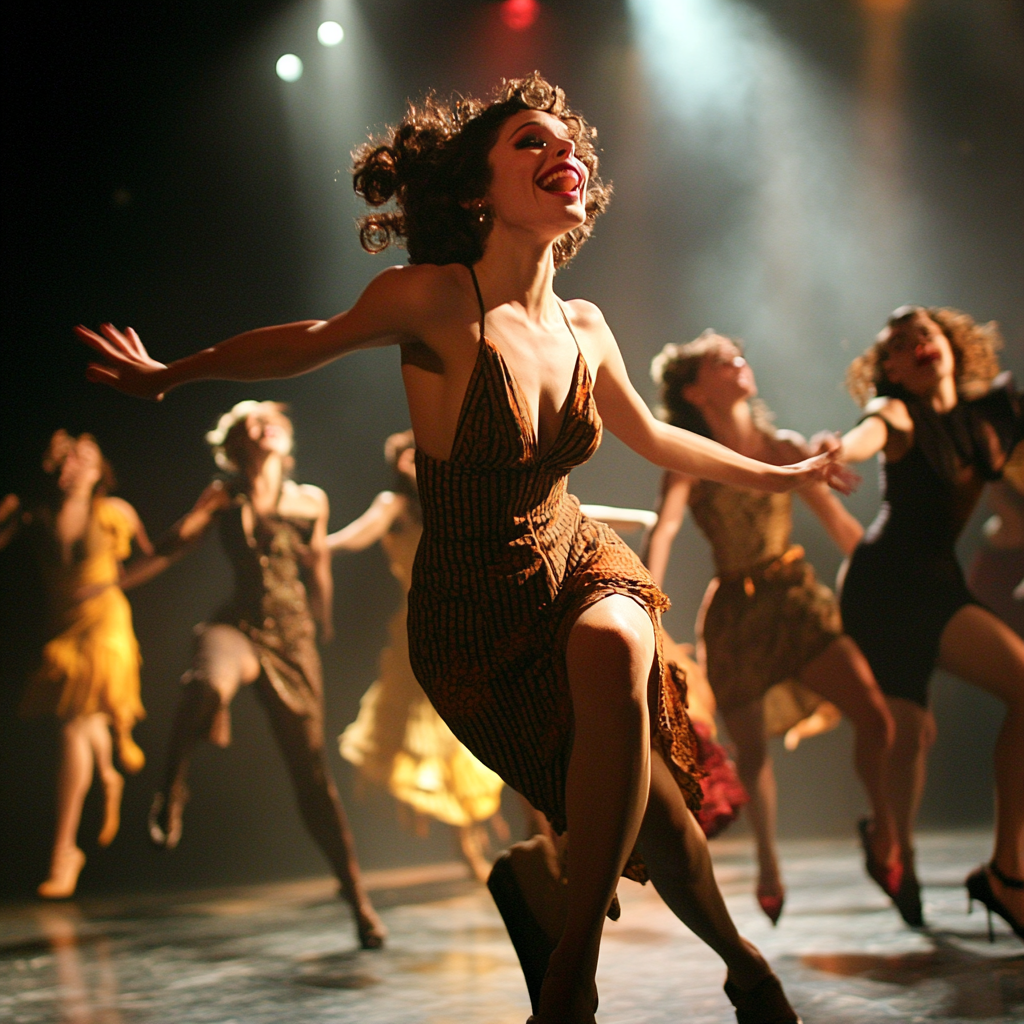Cabaret has always been a genre on the border between art and entertainment culture, political satire and slight provocation. Since its inception in Parisian cafés, it has captivated audiences with its combination of dance, music and witty performances. But cabaret is not just nighttime entertainment, it is an important part of the cultural and artistic heritage that has had a significant influence on the formation of the modern scene.
The historical roots of cabaret: How it all began on the stages of Paris
The first cabarets appeared at the end of the 19th century in Paris, becoming a kind of response to the growing interest in bohemian culture. In the quarters of Montmartre, where artists, poets and musicians lived, places appeared where one could enjoy art in a relaxed atmosphere. One of these places was the Moulin Rouge, which opened its doors in 1889 and quickly gained fame thanks to burlesque dances, satirical numbers and performances full of expression.
Cabaret initially differed from traditional theaters in that it offered interactivity and direct communication with the audience. Performances could combine various genres – from comedic monologues and musical numbers to provocative dances. The genre developed in close connection with cultural and social changes in Paris, offering audiences witty and critical performances that often mocked authority and social norms.
From traditional theater to experimental stage: Transformation of cabaret
Cabaret, started as entertainment show for a narrow circle of viewers, it gradually became a more complex and multi-layered genre. His path from traditional forms to experimental directions can be described through several key transformations:
- From burlesque to intellectual cabaret: At the beginning of the 20th century, cabaret became not only entertainment, but also a platform for the expression of acute social and political ideas.
- Integration of new genres: The cabaret actively used elements jazz, classical music and even theatrical performances.
- Experimental forms: In the post-war period, especially in Germany and France, cabaret became a platform for avant-garde and experimental shows, including elements performance art, surrealism and visual arts.
- Social satire: Cabaret has always been a tool of political satire, where current issues of society were discussed.
- Commercialization of the genre: In the mid-20th century, cabaret became a more commercial genre, with large shows and productions aimed at mass audiences.
These phases allowed cabaret to adapt to cultural changes while remaining a relevant and contemporary genre.
Cabaret and its influence on music and choreography
One of cabaret’s most significant contributions to modern culture has been its influence on music and choreography. At the very beginning, cabaret actively used music as a way to convey emotional and comic elements to the audience. Dance numbers such as bloody and burlesque became an integral part of the performances, and it was thanks to cabaret that these genres gained worldwide popularity.
In the 20th century, cabaret continued to influence music and dance styles. For example, the jazz improvisations used in the numbers paved the way for new directions in music and dance. Freedom of movement, expressiveness and sensuality Cabaret dances influenced the development of modern choreography, becoming the basis for many genres of shows and performances. Today, elements of cabaret dancing can be seen in musicals, variety shows and even pop concerts, where the emphasis is on interaction with the audience and creating an emotional effect.
Cabaret as a tool of social satire and protest
One of the key features of cabaret has always been its satire – the ability to openly ridicule power, politics and social norms. At the beginning of the 20th century, when censorship was still quite strict in theatrical productions, cabaret became a platform where artists could freely discuss current issues. In Germany, for example, during the era of the Weimar Republic, cabaret became a kind of mirror of social upheaval, offering viewers bold and daring acts that ridiculed politicians, social foundations and military conflicts.
Satire and protest have become an integral part of the genre. The cabaret was present at every performance sharp criticism, presented in an ironic or comedic form, which made the show not only entertainment, but also a powerful social statement. This was especially evident in the post-war years, when cabaret again became a way of expressing protest and dissatisfaction with the existing order.
Modern forms of cabaret: New wave and integration into pop culture
Contemporary cabaret differs significantly from its classical forms, but still retains key elements of the genre. Today cabaret includes not only traditional music and dance performances, but also multimedia performances, elements of circus and visual art. The new wave of cabaret often goes beyond conventional stage performances, offering audiences interactive shows using modern technology.
An important feature of modern cabaret is its integration into pop culture. Many pop stars and artists are inspired by the cabaret aesthetic, incorporating elements of burlesque, dance routines and extravagant costumes into their shows. Lady Gaga, Madonna and other celebrities actively use elements of cabaret in their performances, which proves its influence on the modern music and theater industry.
Cabaret continues to be a significant part of contemporary art and culture, despite the changes it has undergone over its long history. Since its inception, cabaret has been on the line between art and entertainment, tradition and innovation. This ability to transform and adapt has allowed cabaret to remain relevant for many decades, inspiring new generations of artists and audiences.
The main difference between cabaret is its interactivity, direct contact with the audience and freedom of form. Artists can improvise, add elements of satire and provocation, which makes each performance unique and unforgettable.
Cabaret has had a strong influence on modern pop culture through its elements of show, dance and costume. Many pop artists use cabaret aesthetics in their performances, inspired by the freedom of expression, sensuality and extravagance of the genre.

